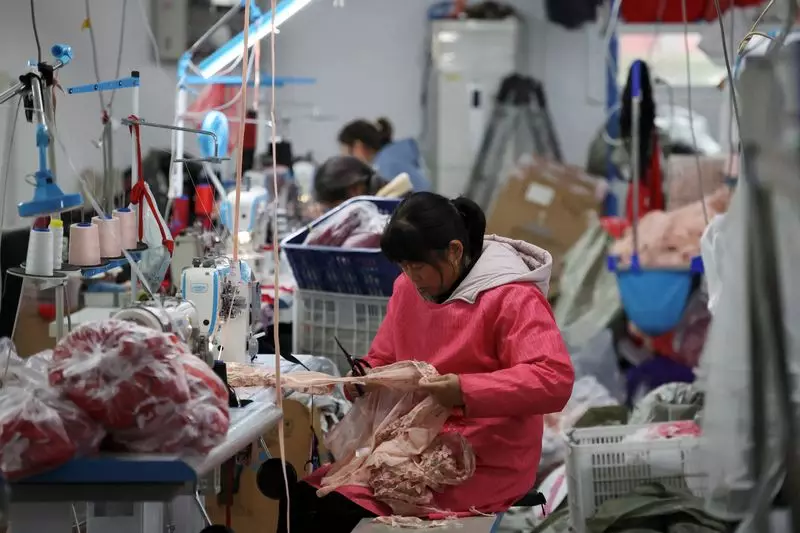In a troubling continuation of trends, China’s industrial firms reported a notable decline in profits for the year 2024, marking the third consecutive year of profit erosion, according to data released by the National Bureau of Statistics (NBS). This downturn signals an urgent need for government intervention as the Chinese economy grapples with a myriad of challenges, including looming tariff threats from the newly inaugurated Trump administration in the United States. The stark figures reveal a 3.3% overall decrease in earnings for the year, following a 4.7% drop in profitability observed in the earlier months. This sharp decline traces back to a difficult 2023, where profits had already fallen by 2.3%.
Despite these alarming profit trends, China’s Gross Domestic Product (GDP) managed to grow by 5% last year, successfully meeting the government’s official target. However, this superficial growth belies deeper structural problems within the economy. The persistent challenges of a flagging property market, dwindling domestic demand, and unstable business confidence continue to undermine the potential for sustainable industrial expansion. The decline in factory-gate prices—now extending into a second consecutive year—further exacerbates these issues, directly impacting both corporate profitability and workers’ take-home pay.
In response to these persistent economic challenges, policymakers initiated numerous rounds of stimulus measures in the latter part of 2024. Among these initiatives was an expanded consumer goods trade-in scheme aimed at revitalizing consumer spending. However, recent economic data has painted a concerning picture of uneven recovery, with industrial output growth outpacing retail sales and the unemployment rate on the rise. This discrepancy highlights the fragile nature of the current recovery, relying on short-term tactics rather than addressing the underlying systemic issues plaguing the economy.
Export Dynamics and Trade Concerns
Interestingly, exports saw an uptick in December, driven by factories looking to dispatch inventory abroad in anticipation of heightened trade tensions due to the Trump presidency. This last-minute scramble was likely fueled by fears of potential punitive tariffs—amplified by Trump’s announcement of a potential 10% duty on Chinese imports shortly after taking office. The impact of such a shift in trade policy is expected to reverberate throughout the industrial sector, adding another layer of uncertainty to an already beleaguered environment.
The data breakdown reveals a mixed performance across different ownership structures within the industrial sector. While state-owned enterprises faced a staggering 4.6% decline, foreign firms experienced a 1.7% profit decrease. In contrast, private-sector companies demonstrated resilience by achieving a modest 0.5% increase in earnings. These figures suggest that the burden of economic challenges is not equally distributed, raising questions about the long-term viability of different business models under current economic pressures.
While China’s industrial sector continues to face significant challenges, including profit declines and external trade pressures, discerning analysis sheds light on the complexities of the economic landscape. The mixed results illuminate the urgent need for strategic policy interventions and a reevaluation of economic priorities to foster a more sustainable recovery trajectory.

